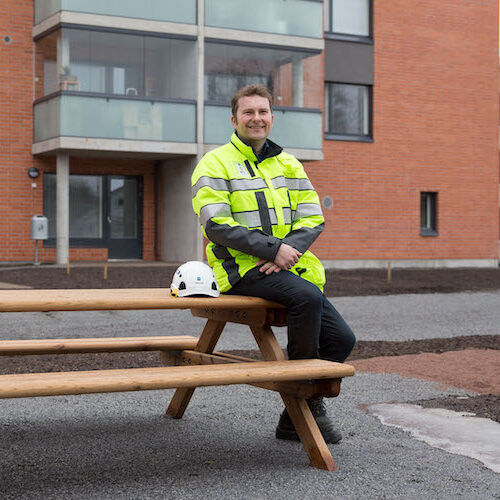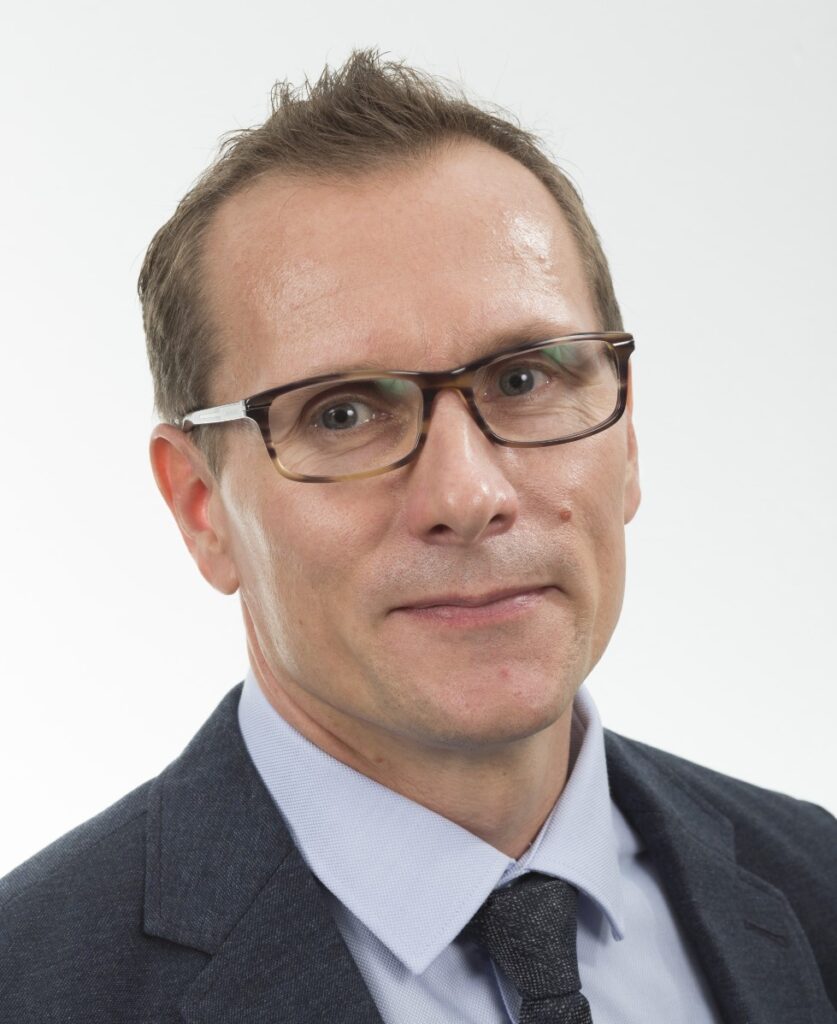MuniFin issues a record-breaking USD benchmark
The mandate for this USD 1 billion transaction was announced on Monday 25 August at 14:00 CET with IPTs of MS+4bps area. When the books opened the following morning MuniFin tightened the pricing by 1bp to MS+3bps area due to excess and high-quality demand of USD 2 billion. The orderbook quickly grew to a total of USD 3.4 billion and the benchmark was finally priced at MS+2bps, making it the largest and tightest USD transaction to date.
“We were able to react swiftly to the favorable market conditions, which was a key-factor in making this transaction a huge success”, says Antti Kontio, Head of Funding and Sustainability at MuniFin.
The transaction gathered over 80 investors of the highest quality with Central Banks and official institutions taking 32% and bank treasuries taking 55% of the final allocations. Geographically, European investors took the bulk with 53% allocations, supplemented by Americas (20%), Asia (16%), Nordics (10%) and Africa and Middle East (1%).
With this trade, MuniFin has raised 75 percent of the EUR 10-11 billion funding target for 2021.
| Issuer: | Municipality Finance Plc (“MuniFin”) |
| Ratings: | Aa1 / AA+ (both Stable) by Moody’s / S&P |
| Format: | RegS/144A |
| Coupon: | % Fixed S/A, 30/360 |
| Size: | USD 1 billion |
| Pricing Date: | 25th August 2021 |
| Payment Date: | 2nd September 2021 (T+5) |
| Maturity Date: | 2nd September 2026 |
| Coupon: | 0.875%, semi-annual |
| Reoffer Spread: | MS + 2 bps | CT5 + 11.31 bps |
| Joint Bookrunners | Citi / J.P. Morgan / Nomura / RBC Capital Markets |
Comments from the Bookrunners
“Congratulations to the MuniFin team on a very successful outcome for their second USD benchmark of the year. MuniFin’s decision to move quickly against a strong primary market backdrop was rewarded with the tightest spread versus mid-swaps and USTs that they have achieved for a 5-year benchmark, as well as the largest ever orderbook for a MuniFin USD benchmark. Citi was delighted to be involved in this record-breaking transaction.”
Ebba Wexler, Managing Director, SSA Debt Capital Markets, Citi
“Congratulations to MuniFin on an incredible post-summer return to the USD benchmark market. The issuer’s largest USD orderbook to date, record spreads both versus Mid-Swaps and Treasuries, as well as pricing with minimal new issue concession: All a reflection of MuniFin’s credit quality and high standing amongst global investors.”
Angelica-Maria Strolz, Executive Director, SSA Debt Capital Markets, J. P. Morgan
“An incredibly well-timed and successful transaction for MuniFin, taking advantage of the early post-summer window to secure their 2nd US$ benchmark of 2021 whilst simultaneously achieving historically tight spreads. Investors have been clearly anticipating supply and the rapid oversubscription of the book, with over 80 accounts participating, is a clear demonstration of the appeal of the MuniFin credit to the global investor community and a recognition of the MuniFin team’s strategic focus on investor engagement. It has been huge pleasure for Nomura to work with MuniFin on this trade.”
Mark Yeomans, Managing Director, SSA Debt Capital Markets, Nomura
“A fantastic transaction for MuniFin, reacting swiftly to the favourable market conditions to price their tightest ever 5-year USD benchmark. Attracting demand in excess of $3.4bn with pricing at minimal concessions to the issuer’s outstanding USD curve is a real testament to the tireless efforts of the MuniFin team in engaging with the global investor base. A really great outcome and RBC was delighted to have been involved.”
Andrea Jelic, Director at RBC Capital Markets
Further information
Antti Kontio, Head of Funding and Sustainability, MuniFin
Tel. +358 500 3700285
Joakim Holmström, Executive Vice President, Capital Markets and Sustainability, MuniFin
Tel. +358 50 4443 638



